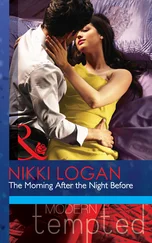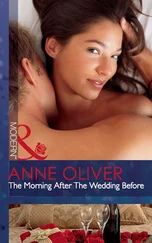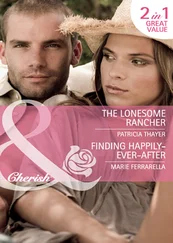Len, who said he planned to return home “as soon as they don’t need my help out here anymore,” expressed sorrow that he had forgotten to write to his eleven-year-old sister on her birthday.
“I never know what to write home,” Zak said, scuffing one of his boots on the stones. “What am I going to write? Hello, I’m here, you’re there, hello? What else is there to say? It’s always a hassle.”
Dot said she would be returning to her own house for a few days, to babysit with her younger brother and sister while her parents went on a holiday to Las Vegas. (The frequency with which California teen-agers are asked to care for their younger siblings, or their friends’ siblings, creates a thriving nomad-baby-sitter economy.) She asked Zak and Marie whether they would pick her up the following evening — to go first to the studio of a sculptor named Vito, and later on (from 2 to 6 A.M.) to a rock session called the After Hours at the Hullabaloo.
Zak said he couldn’t afford it. He had invested all his money in applying for a license to open a coffeehouse — which, since the name “The Trip” was already taken, he hoped to call The Travel Agency. His application had made no progress at all, and he was waiting for Al Mitchell, who had promised to let him call his coffeehouse, for a time, the Fifth Estate Annex. Marie said she would hitch a ride to Dot’s place, without Zak, and she and Dot could hitch a ride to Vito’s place together.
A young man, fairly conventionally dressed and coiffed, crossed the patio toward the group. “Has the Man been here tonight?” he asked, speaking low and rapidly.
“No,” Zak said.
The young man immediately removed his jacket and tie, and brushed what proved to be an astonishing amount of hair forward from behind his ears. “Out there, I have to think of my job,” he said, and slouched against a wall to wait around with the rest.
The Free Press recently opened a bookstore on Fairfax Avenue, which intersects Sunset Boulevard a few yards from the eastern end of the Strip. The store is right across the street from Canter’s Restaurant, a large delicatessen, inside and in front of which, for some months now, the longhairs — old and young, and of every persuasion — have been gathering at two every morning. The reaction of the restaurant’s manager to the types who now frequent his place is less than hospitable; he comments, as they pass to their tables, “What a sight!” and “Why don’t they wash?” and he stands, vigilant, at the cash register to block the entrance of anyone who is not wearing shoes. (A policeman outside tries to keep the crowd there from blocking the sidewalk and from engaging in traffic in marijuana or drugs.) The Free Press bookstore, called the Kazoo, is open from ten in the morning until 2 A.M. In addition to a very wide and good selection of paperbacks, it sells many books and pamphlets about the assassination of President Kennedy, innumerable little magazines and obscure works (including a six-page poem, “The Love Book,” by Lenore Kandel, which was recently confiscated on grounds of obscenity in San Francisco), many works on drugs and hallucinogens, and some works on religions of the East (including one called Practical Mysticism ). There is also a counter at which the shop sells objets d’art, buttons (“Ronald Reagan for Fuehrer,” “Be Creative, Invent a Sexual Perversion,” “Visit Your Mother Today. Maybe She Hasn’t Had Any Problems Lately”), posters of movie stars, psychedelic (systematically distorted and ballooning) posters for rock groups, pastel cigarette papers, and holders, called “roach clips,” for conserving the last drag on marijuana butts.
At 1 A.M. on the Friday when Marie and Dot were to hitch a ride to Vito’s, John Hammond, a bearded clerk at the Kazoo, was consoling a teen-age girl who had walked into the store in tears. “A little LSD therapy is okay, but nothing with needles,” he was saying. “You want to open yourself up, not close yourself down. Find the easiest way to go, and if it’s functional, that’s beautiful.” Some of the other clerks were knocking down walls to make room for a bookshelf, and Mrs. Art Kunkin, wife of the editor and publisher of the Free Press , was talking with two young entrepreneurs who were earning part of their way through college by distributing — to order — posters, bumper stickers, decals for sweat shirts, flutes, and buttons. It turned out they could supply, in particular, some highly coveted Lenny Bruce posters, and Mrs. Kunkin asked whether they could deliver a few dozen right away. She sighed as they went out the door. “It’s always nice to have a brush with the ultimate success,” she said.
That same morning, farther up Fairfax Avenue, in front of a coffeehouse called the Blue Grotto, whose customers generally sit about in semi-darkness in a kind of gentle half sleep, the police arrested two young longhairs on suspicion of armed robbery.
At eleven-thirty that Friday night, when Dot (still wearing the dress of white lace over burgundy satin and the string of Indian bells, but now with white net stockings and black buckled shoes) and Marie (wearing a pale-green dress, white net stockings, and brown buckled shoes) entered the home and sculpture school of Vito Paulekas — a storefront and three floors, known to all simply as Vito’s place — the entryway was dark, but the pale bare feet of a young man slouched on a chair against the wall were visible. Vito called to the girls from the top of a flight of stairs to go down and see the sculptures in the basement. They went down. The sculpture class for the evening was over, but several people were still at work on red clay nudes, supported by dowels and wire armatures. The basement walls were covered with signs, among them a thinly lettered one reading, “Dear President Johnson. Being spring, I would prefer more flowers.”
A woman in a canvas shirt, burlap slacks, and boots, who was modelling a large bust of a man, asked Dot to come over and look. “What does he look like to you?” she asked. “I mean, what sort of person?”
“He looks like a groovy guy,” Dot said.
“I mean, what sort of impression does he make? Does he attract you physically?” the woman asked.
Before Dot could answer, a tall, slender girl in a polo shirt and blue jeans — looking about sixteen, and wearing a scalloped horn from an old phonograph on her head — drew Dot away to look at a small erotic sculpture, on a shelf full of small erotic sculptures, all of which (like the lettering on the psychedelic posters at the Kazoo) were distorted, like reflections in a hall of mirrors. “I just made this new one tonight,” she said. “What do you think of it? It’s Vito and Sue. Isn’t it groovy?” (Sue is Vito’s wife.)
Dot said that the little sculpture was groovy, and the girl led the way upstairs. It turned out that her name was Meg, that her parents brought her to stay at Vito’s house every weekend, and that she was twelve.
The second floor of Vito’s house is a kind of lair, with Oriental decor, Oriental music piped in from below, and walls hung with tapestries, bits of colored glass, feather dusters, beads, dolls, a dart board, a bamboo screen, a violin, and an armadillo shell. Between two sofas set against opposite walls is a coffee table supported by cinder blocks. On the table that night were a copy of Time , several delicately painted tongue depressors, some assorted photographs, a piece of velvet, a branch of pussy willow, a copy of Playboy , a copy of Torrid Cinema (with an article about Vito in it), a half-completed pair of red-and-black leather sandals turned up at the toes, and a pot of glue. The young man whose bare feet had been visible in the entryway had followed Dot, Marie, and Meg up the stairs. He immediately picked up the pot of glue and began to sniff.
Читать дальше
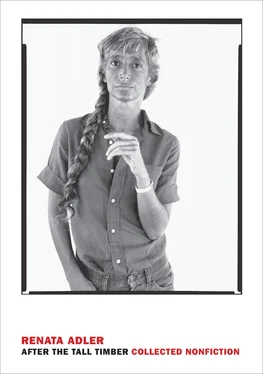
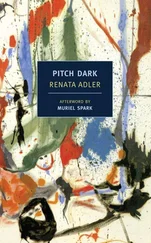
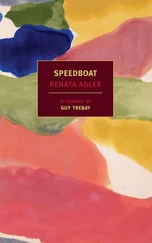
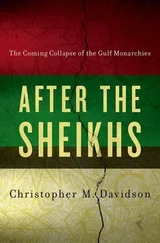
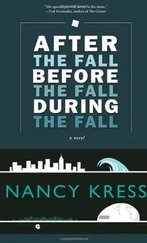
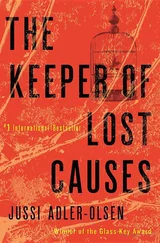
![Джеффри Арчер - The Short, the Long and the Tall [С иллюстрациями]](/books/388600/dzheffri-archer-the-short-the-long-and-the-tall-s-thumb.webp)
